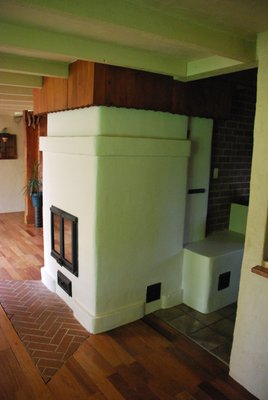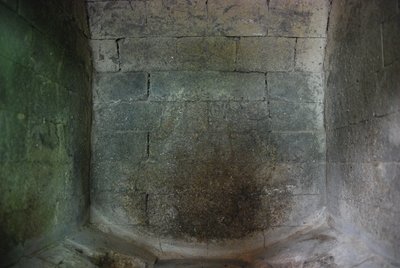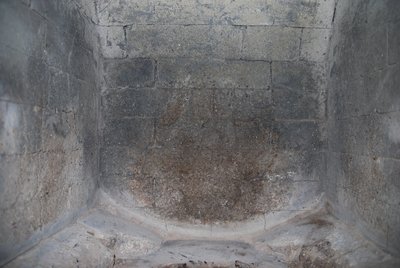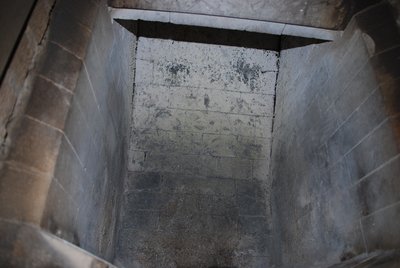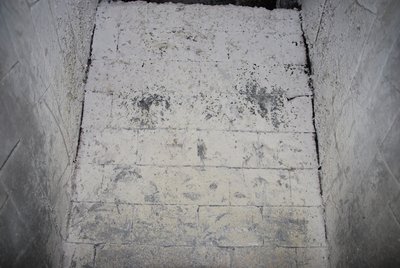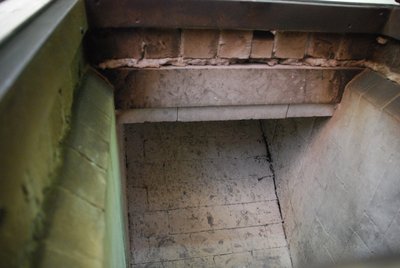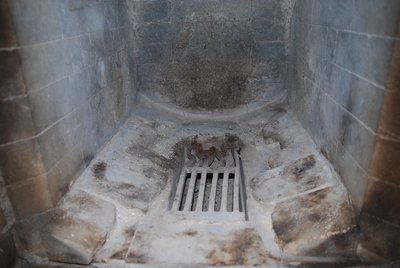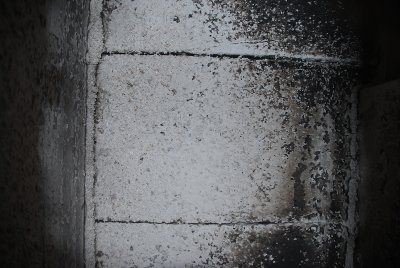Observations 18 Years Later #1
These images detail the condition of the fire box of a contra-flow heater after 18 years of continuous seasonal use.
The refractory brick used were generic low duty, layed in Duchaine HTC.
The heater is fed under air.
All images have an HD option. Click on image.
Destruction being limited to the areas of the firebox in close proximity to the wood load , and the clinkering of the surface in these ares, suggests that the cause is chemical attack.
The excellent condition of the angle bar lintel even in this relatively short, under air, fire box, shows that this way of bridging the opening is viable over time, and that the lintel wont burn out.
The grate can be replaced, and new skew cut brick cut for the sloped floor of the fire box.
The rear wall would be more difficult to repair. It could be patched with refractory mortar. A process that would have probably to be repeated each season and provide only a limited solution. The brick could be removed and replaced with new brick though this would be a major task, and run the risk of disturbing previously sound areas of the masonry above. This type of intervention is possible though and has been documented in the article by Norbert Senf http://heatkit.com/research/callback-ruppell.htm
The fire box will be left as it is and the destruction monitored each season. It has been several years since the heater was last inspected. The rear wall of the fire box is not much more damaged than it was then, indicating that the stove could remain in this condition for some time, before becoming dangerous or structurally unsound, and the fire box having to be rebuilt.
Note: Today most professionals use a fire box wall construction technique comprising of two wythes of refractory brick layed as shiners, allowing the interior wythe to be easily replaced if it becomes damaged in time.
The heater shown here was built before this technique was widely adopted.
Marcus Flynn
2010
